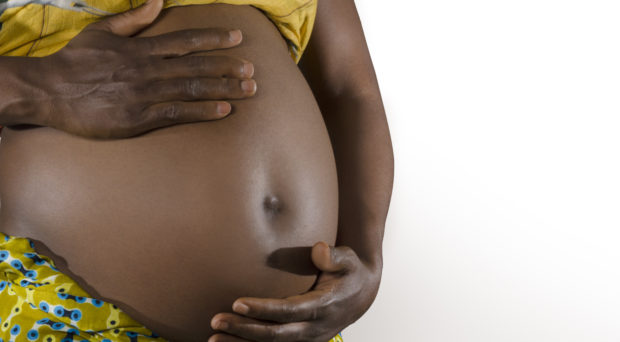
More than a third of women worldwide – within every culture, race, ethnicity, and throughout every socioeconomic class – have experienced some form of sexual or physical violence or abuse from partners or ex-partners These incidents, referred to as intimate partner violence (IPV), severely affect not only the women themselves but also the children and infants within their families.
In our new paper in BMC Women’s Health, our team examined the prevalence of IPV among women and its association with rates of mortality among neonates, infants, and children less than five years of age. We focused on the East African countries of Burundi, Kenya, Rwanda, Tanzania, and Uganda, where there are high rates of both IPV and neonatal, infant, and child mortality.
The Association of Violence with Maternal and Child Outcomes
We found that children were more at risk of dying as newborns, infants and children prior to the age of five if their mothers ever experienced IPV. Violence affects the social, mental, and psychological well-being of mothers, undermines their capacity to care for their child, and contributes to underutilization of maternal health services. Given the role that a mother plays in a child’s life, her health status during and after pregnancy is a direct predictor of an infant and child’s health outcomes.
Protective Factors
 While IPV was significantly associated with death among neonates, infants, and children, other factors such as antenatal care, sexual autonomy, giving birth in hospitals, and receiving professional assistance during birth were protective. Consequently, access to adequate maternal health services can help mitigate the association between IPV and infant and child mortality rates.
While IPV was significantly associated with death among neonates, infants, and children, other factors such as antenatal care, sexual autonomy, giving birth in hospitals, and receiving professional assistance during birth were protective. Consequently, access to adequate maternal health services can help mitigate the association between IPV and infant and child mortality rates.
Combating IPV
Our team continues to explore the moderating effects of violence on maternal and child outcomes. WHO has provided guidance on the role of the health system in managing and combating IPV. Health care providers’ responses to those who have been victims of intimate partner violence must be multifaceted, with identifying those at risk as only the first step in proper response. As providers screen patients, victims of IPV can explore their options regarding plans for safety and access to support services.
In our study, experiencing IPV was significantly associated with individual and socio-economic factors including area of residence, wealth index, age of mother and her husband, religion, level of education, employment status, and mass media usage. Interventions should thus strive to focus on addressing IPV at a macro level through policy enhancement and not just individual levels. The interconnectedness of the individual and socio-ecological influences warrants an in-depth assessment of this association.
Comments